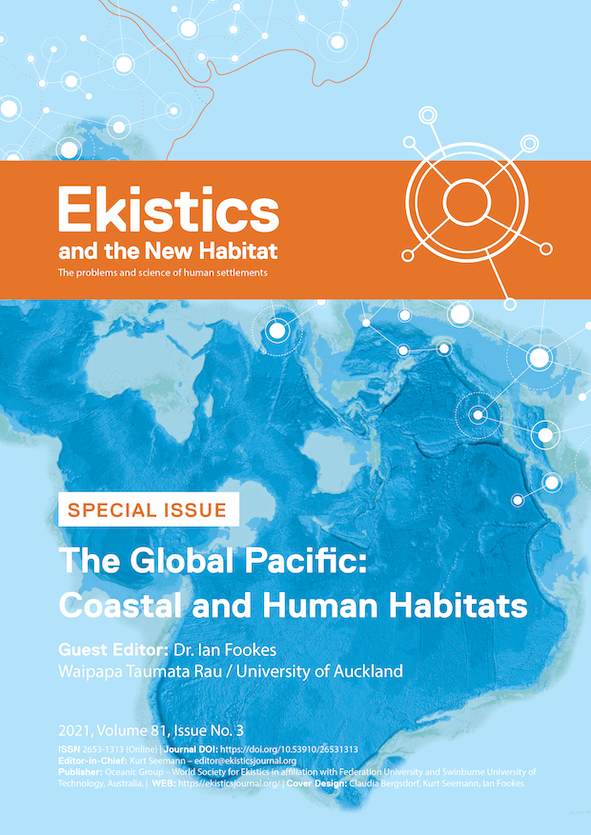Exploring Sustainability through Chinese Study and Interest in the Sāmoan Language: A Situational Analysis Informed by Fa’afaletui
DOI:
https://doi.org/10.53910/26531313-E2021813567Keywords:
Language, Sustainability, Sāmoa/Sāmoan, Belt and Road Initiative, Fa’afaletui, New Urban AgendaAbstract
Sāmoa and the Pacific region has become an area of intense geostrategic importance of late. With a rising China expressing interest in the Pacific and a reposturing US, Australia and New Zealand, the success of all sustainability efforts in the region will be mediated through the lens of geopolitics. This paper intervenes in this conversation by focusing on the commitment to culture and cultural diversity articulated as part of the framework that guides the New Urban Agenda through the question of language. We explore potentiality in the recent rise of Chinese interest in Sāmoan language learning and studies as part of China’s Belt and Road Initiative (BRI) for the preservation of Indigenous Pacific languages like Sāmoan. To answer this question, we use a blended research methodology (Sāmoan fa’afaletui framework with Situational Analysis) to map the factors that have led to the rise of Chinese interest in the Sāmoan language. In doing so, we critique the present geostrategic explanation for the BRI through presenting a nuanced model of factors and explore what space there is for Sāmoan to be promoted in places like China. This is important, the Sāmoan language, like all Pacific languages, is intrinsic to the understanding and embodiment of cultural knowledge systems that bear major significance on the sustainability and diversity of Pacific world views and ways of knowing.
Downloads
Published
How to Cite
Issue
Section
Categories
License
Copyright (c) 2022 Ekistics and The New Habitat

This work is licensed under a Creative Commons Attribution-NonCommercial-NoDerivatives 4.0 International License.
Please contact the Editor-in-Chief: editor@ekisticsjournal.org, should you have any questions on copyright for your submission.
This research journal is for Educational and Knowledge development purposes.
All material published on this site complies with our copyright and terms as described by the Attribution-NonCommercial-NoDerivaties 4.0 International (CC BY-NC-ND 4.0)






